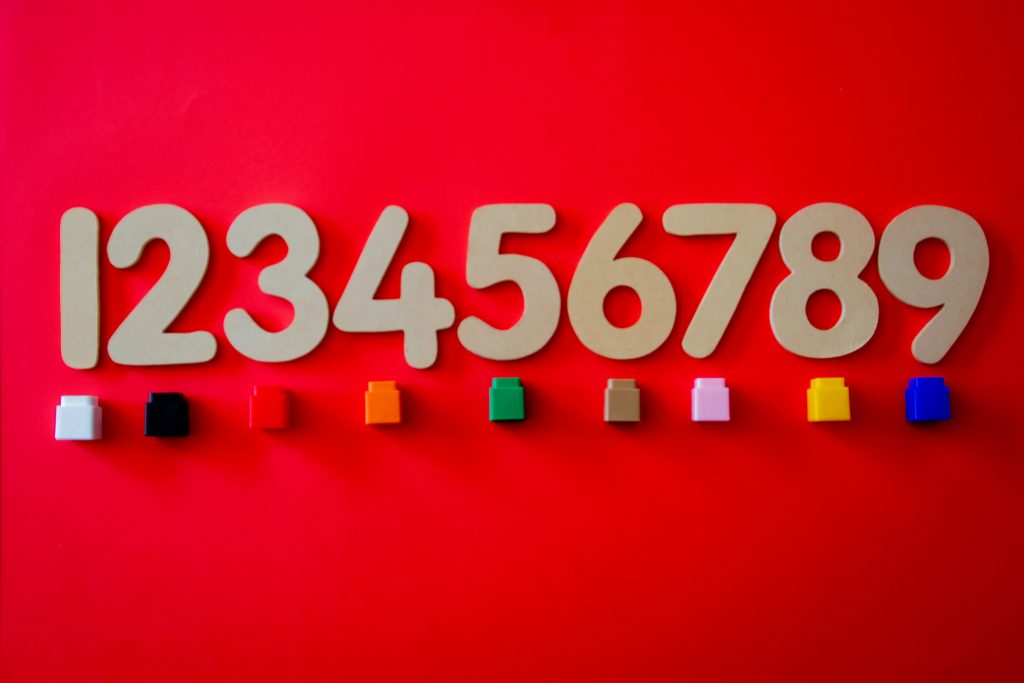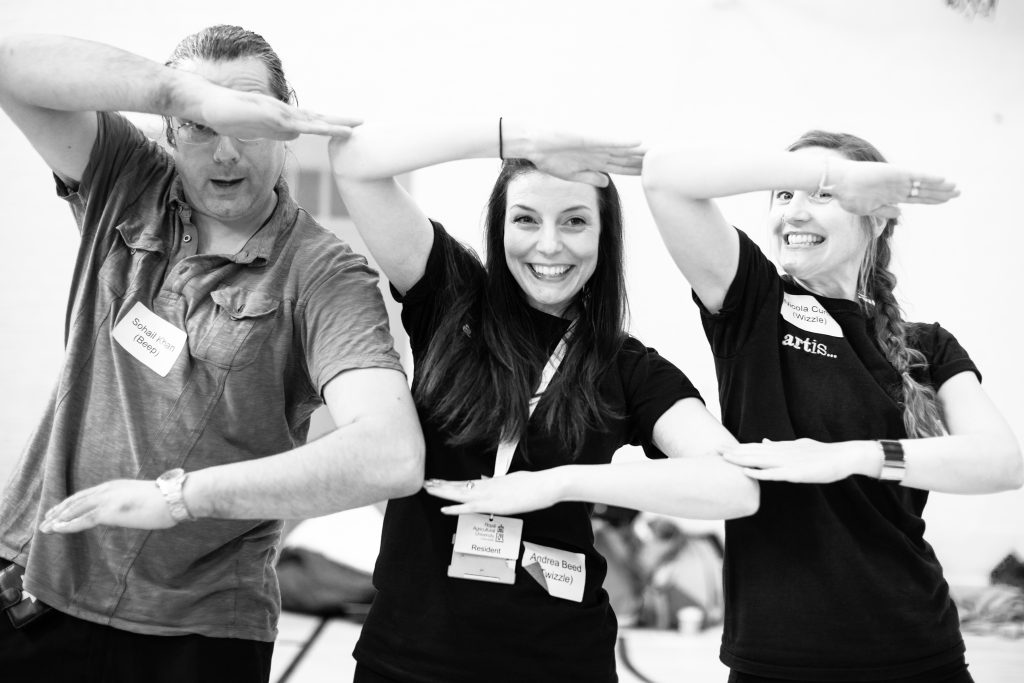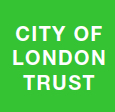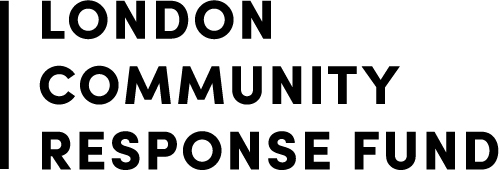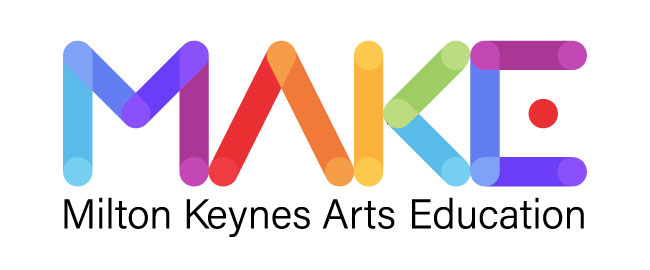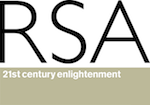Be Maths SmART!
|
Inspiration & ideas for teaching maths through the Performing Arts By Wendy Steatham, Trustee and Artis Mentor Leader
The first sentence of the UK’s maths curriculum introduces an exciting, dynamic subject – ‘Mathematics is a creative and highly interconnected discipline that has been developed over centuries, providing the solution to some of history’s most intriguing problems’ – yet this inventive subject is largely taught in the classroom with pencil and paper. Artis Foundation strongly champions maths being brought to life in a fun and stimulating way through dance, drama and music and shares some inspiration and ideas below. Some of the benefits of using the performing arts to support the teaching of mathematics include:
Children learn in different ways – some children can understand a concept much better by physicalising it.
Children realise they don’t have to ‘write it down’ to show off their maths understanding.
Maths is often communicated to children as ‘hard’ and/or ‘boring’ by parents and peers. This puts up a barrier to learning. Introduce a more positive attitude towards maths with stories and dance routines that foster interest, curiosity and imagination. Maths really is fun!
The physical recreation of shapes/ situations and storytelling can make a mathematical problem more accessible, fun and ‘real’ to approach.
Children learn well through positive interaction with others. The performing arts provide a sense of community and an accessible platform for problem solving.
It is widely recognised that children should have the opportunity to build competency in new mathematical concepts through both concrete, pictorial and abstract approaches, with the concrete approach being increasingly valued. The physical body is the perfect ‘concrete’ tool – it can become a ‘unit’ for all kinds of number work, can form a variety of geometric shapes and patterns or even be the lead actor in a complex mathematical whodunnit! Below are a few ideas for considering the movement as a way of exploring mathematical concepts. Number
Practice painting the numbers 0-9 in the air, perhaps using different parts of the body. Explore creating still shapes to represent the symbols ‘X’ and ‘=’, perhaps with a partner. Order the moves to make a multiplication equation… and DANCE the answer!
Choose three (or more) words and create frozen positions to represent each, i.e. ‘stick’, ‘star’ and ‘stone’. When the music stops the children freeze in one of the poses. The audience then say which fraction of children are performing each shape. In smaller groups, give the children a task to make a larger tableau groups position – 1/5 must be in ‘stick’, 2/5 in ‘star’ and the rest in ‘stone’… what fraction is that?
Geometry
‘Tutting’ or ‘King Tut’ is a hip-hop dance style inspired by Ancient Egyptian hieroglyphics. It simply involves moving through a series of right-angle positions made by your arms and hands. When performed quickly and accurately it looks extremely impressive. How can the children create and sequence different right-angled arm/ hand/ finger positions?
Mark a square on the floor. Discuss it’s properties, then choreograph a 4 count sequence based on the findings – i.e. jump to the two parallel horizontal lines, jump 90 degrees clockwise to the other two parallel lines, jump to two of the vertices, then jump back into the middle. With a partner learn each other’s – but perform in symmetry!
Measurement
Groups of children lie on the floor and connect to make different shapes. Other children pace (or prance!) the perimeter of the shapes. Different size steps could represent different measurements. Can they be converted into meters/ centimetres?
We hope you enjoy giving these ideas a go and we are sure the children will love them! Don’t forget to take a look at our Top Tips for Teaching Maths blog for more even more creative ideas. |
26 Apr 2020 |

